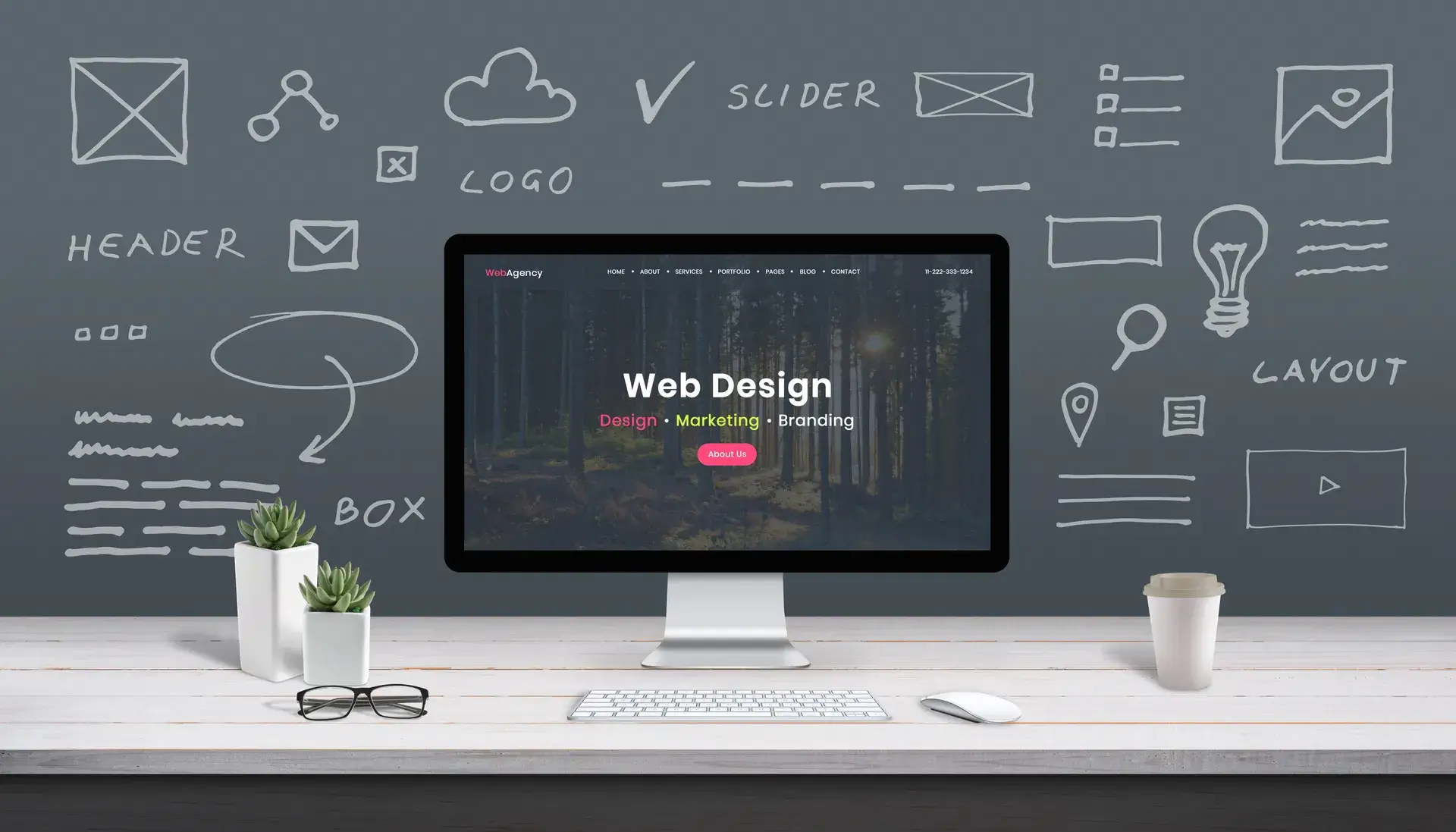User experience (UX) is a crucial aspect of web design and functionality that directly impacts how visitors interact with your website. A positive user experience encourages visitors to stay longer, reduces bounce rates, and increases conversion rates. In this comprehensive guide, we'll explore essential strategies to enhance website user experience, ensuring your site is user-friendly and engaging.
What is Website User Experience?
Website user experience refers to how a user feels when navigating and interacting with a website. This includes the site's design, usability, accessibility, and overall functionality. A well-optimized user experience helps visitors easily find what they're looking for and encourages them to take desired actions.
Why User Experience Matters
User experience is vital for several reasons:
- Increased Engagement: A positive UX keeps users on your site longer, increasing the chances of conversion.
- Lower Bounce Rates: Users are less likely to leave your site if they can find information easily and navigate intuitively.
- Improved SEO Rankings: Google considers user experience factors such as page speed and mobile responsiveness as ranking signals.
Essential Strategies to Improve User Experience
1. Optimize Website Loading Speed
Fast loading times are crucial for user satisfaction. Tools like Google PageSpeed Insights can help identify areas that need improvement. Here are some tips:
- Compress images to reduce their file size.
- Minimize HTTP requests by consolidating scripts and stylesheets.
- Enable caching to speed up load times for returning visitors.
2. Ensure Mobile Responsiveness
With increasing mobile usage, it's essential to ensure your website is mobile-friendly. A responsive design adjusts to different screen sizes, providing a seamless experience across devices. Consider:
- Using fluid grids and flexible images.
- Testing your site’s mobile compatibility using tools like Google’s Mobile-Friendly Test.
3. Simplify Navigation
A clear and intuitive navigation structure helps users find the information they need quickly. Best practices include:
- Using descriptive labels for navigation links.
- Implementing breadcrumbs to show users their location within the site.
- Limiting the number of menu items to avoid overwhelming users.
4. Enhance Content Readability
Well-structured content contributes to a better user experience. To improve readability:
- Use short paragraphs and bullet points to break up text.
- Choose legible fonts and ensure adequate contrast between text and background.
- Incorporate images and videos to make content more engaging.
5. Implement Clear Calls-to-Action (CTAs)
Strong CTAs guide users toward desired actions, such as signing up or making a purchase. Make CTAs:
- Visually distinct and easy to find.
- Action-oriented, using compelling language.
- Strategically placed throughout your site for easy access.
Conclusion
Enhancing website user experience is essential for attracting and retaining visitors. By optimizing loading speed, ensuring mobile responsiveness, simplifying navigation, improving content readability, and implementing effective calls-to-action, you can create a user-friendly website that meets the needs of your audience. At Prebo Digital, we specialize in web design and user experience optimization. Contact us today to learn how we can help bring your website to the next level!














